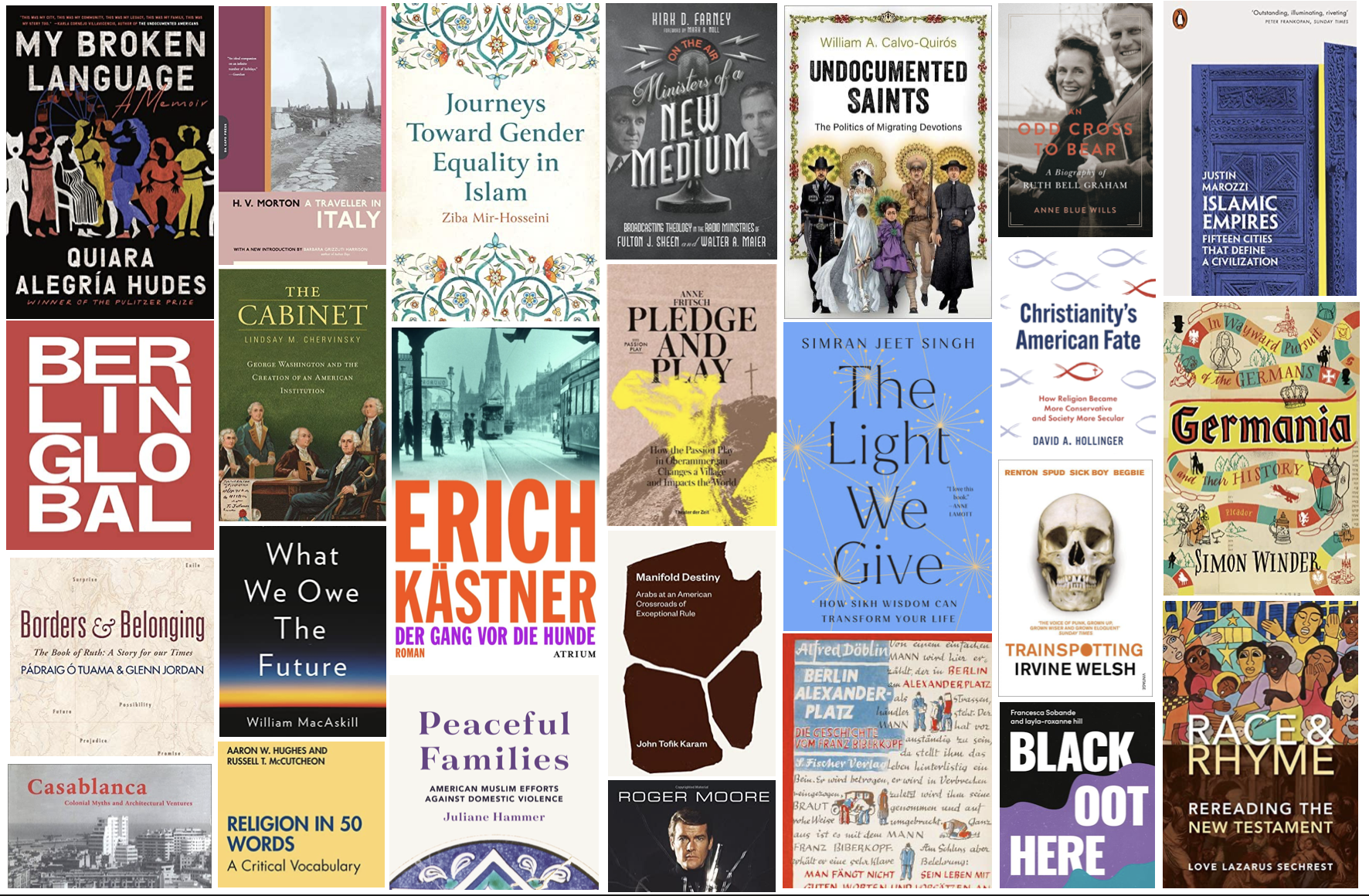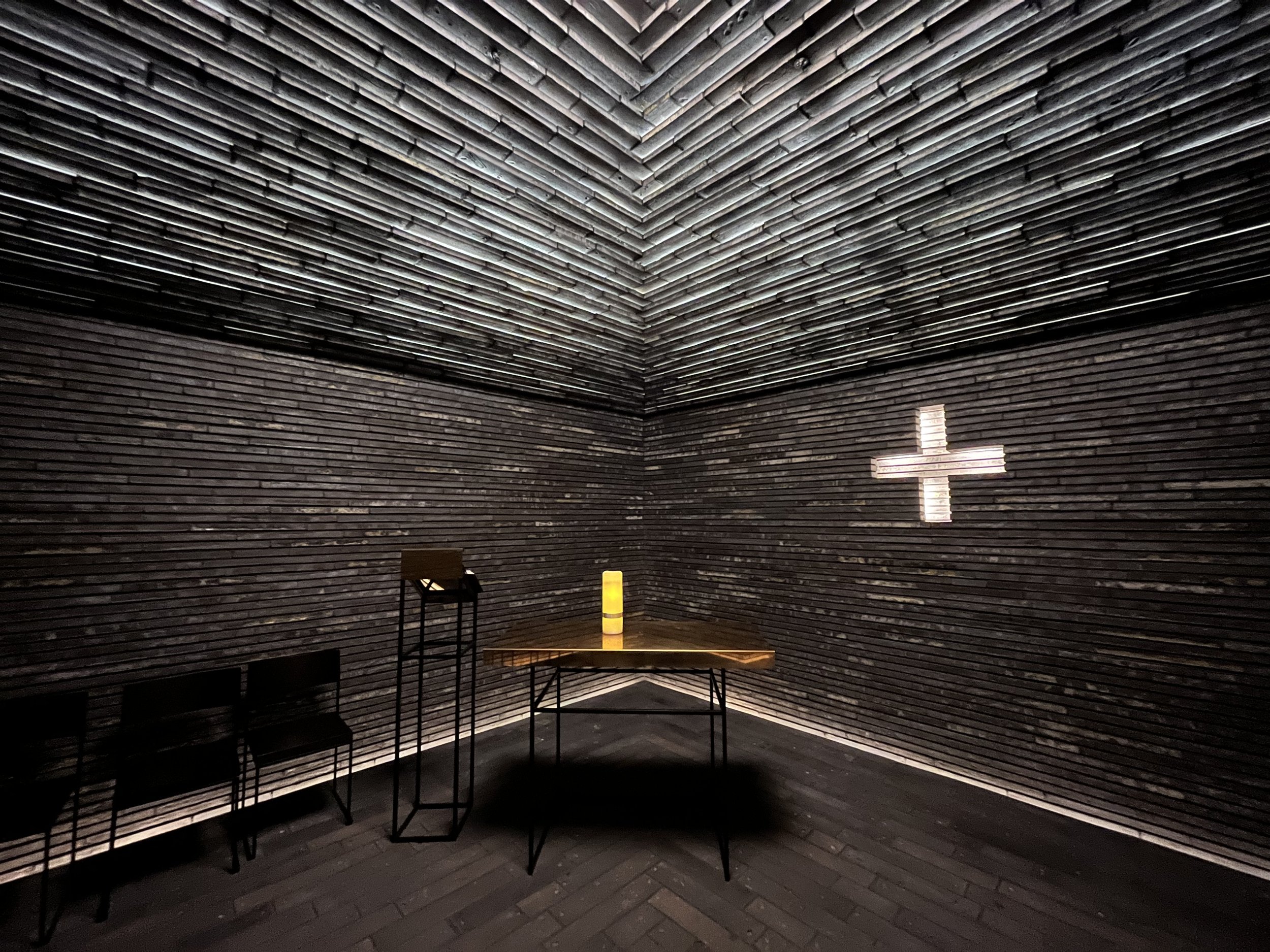A tireless desire to share their message with the people of Berlin — and Germany as a whole — has helped the Church of Jesus Christ of Latter-day Saints’ mission in Berlin persevere over the years, up to the present day.
Despite criticism, shrinking numbers and the challenges of working in a diverse metropolitan area considered the atheist capital of Europe, numerous young church members fulfill their mission in Berlin and believe the city is rich with opportunity.
“Sure, we face difficulties, get tired or get nervous sometimes, but it’s all worth it to be able to represent Jesus Christ,” said Elder Wyatt Smith, 21, a missionary from Utah.
In the U.S., members of the faith have had a long on-again, off-again relationship with popular culture and the country’s religious mainstream. With the recent release of FX’s “Under the Banner of Heaven,” starring Andrew Garfield and based on the eponymous best-selling book by Jon Krakauer, Mormons — a colloquial term based on the church's sacred Book of Mormon — of various kinds have been thrust back into public conversation in a not-so-flattering light.
In Berlin, that relationship has perhaps been even more tenuous and tense. From resistance to their message and rejection by the Kingdom of Prussia in 1853 to their current mission to serve refugees fleeing the conflict in Ukraine, the church there has faced difficulties large and small.
Across the years and various challenges, the church has persisted. Today, there are 39,456 church members across 149 congregations in Germany as a whole.
Young Latter-day Saints in Berlin have shaped their mission to the city, and in turn, the city has shaped the church and its efforts to reach one of the most secular urban communities in contemporary Europe.
Elder Joshua Obrist of Switzerland, 24, partners with Smith in Berlin’s Steglitz district to share the church’s message, “the restored gospel of Jesus Christ,” sometimes on the street to passers-by.
On buses and trains, in front of cafés and kiosks, Obrist and Smith talk to anyone and everyone who has a moment to discuss questions about life, death and the ultimate meaning of the cosmos.
After five hours out on the streets, Obrist and Smith are on a bus headed back to the church’s ward — local congregation — in Berlin’s Dahlem neighborhood. But they are not yet done for the day. Starting around 6:30 a.m., a typical day in the life of church missionaries is relentless.
“We don’t really have time off,” Smith said. “We start early in the morning studying the Scriptures, catch up with contacts on Facebook, rehearse some conversations we might have that day, do our mission work and maybe have some evening meetings, but we aren’t done until around 9:00 p.m.
“And even though we have Mondays off,” he added, “we are still wearing our name tags if we go out.”
Asked if this schedule proved exhausting, Smith replied, “Not really. This is a calling for us, one we only get to know for a small window in our life.”



















